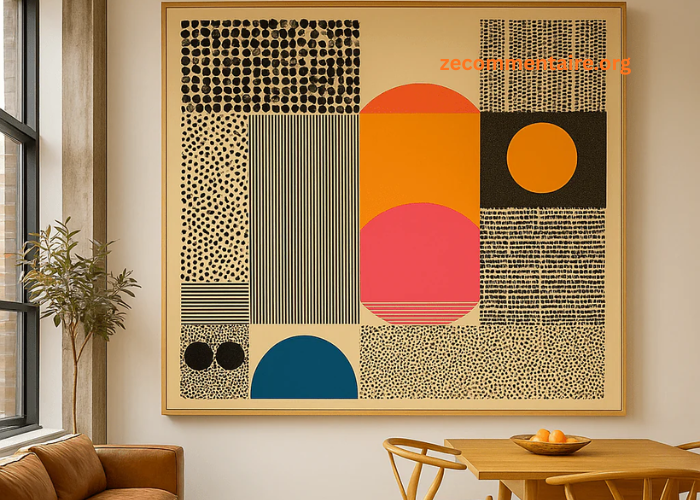Every dance step starts on the floor. Before the music plays, before the mirrors go up, before the first dancer walks in, the dance studio must be ready. A good floor helps dancers move safely. It supports every jump, turn, and landing. If you are building a new studio or updating one, the floor is the most important part.
It is the base of every class and every performance. When the floor is right, dancers feel strong and confident. Ready to create a space dancers love? Let’s look at the basics of floor planning for your studio.
Start with the Size of the Space
How big should your studio be? That depends on how many dancers you plan to have. A small group needs less space. A large group needs more room to move. You want to make sure dancers are not bumping into each other.
Your studio should have space for full-body movement. That means space to leap, stretch, and spin without worry. Dancers should be able to move from one side of the room to the other with ease. The room should also have enough space around the edges. This gives teachers a spot to move and helps with safety.
Think About What Kind of Dance You Teach
Not all dance styles are the same. The ballet, hip-hop, jazz, tap, and modern dance all have different needs. Ballet may need a smooth surface with give. Tap needs something that makes sound. Hip-hop needs a floor that can handle quick steps and stomps.
When planning your studio, think about which styles you teach most. Your floor should match the way your dancers move. Some floors work well for many styles. These are often chosen by studios with mixed classes. If you teach mostly one kind of dance, you may choose a floor made just for that style.
A Safe Floor Is a Smart Floor
Dance is an exhilarating way to express oneself, but it can also be a high-impact activity that puts a lot of stress on the body. The repetitive movements, such as jumps, turns, and fast footwork, can be harsh on the knees and ankles, especially if the floor is not designed with safety in mind. For instance, ballet dancers are known to suffer from shin splints and tendonitis due to the constant pressure on their lower legs. That’s why it’s crucial to prioritize safety when planning a dance floor.
A well-designed dance floor should be able to absorb shock, which means it should be able to dissipate some of the force when a dancer lands from a jump or leap. This helps to protect the bones and joints from excessive stress and reduces the risk of injury. Imagine a trampoline – it’s designed to absorb the impact of a person’s fall, and a dance floor should work in a similar way. This is especially important for dancers who perform complex movements that involve high jumps and landings.
Look and Feel Matter Too
You want your studio to feel good. That means more than just safety. It should also look clean and feel welcoming. Dancers should be proud to walk into the space. Light-colored floors make a room look open and bright. Dark floors can give a bold, sharp look. Think about what style fits your studio best. Choose a floor color and design that matches the mood you want to set.
The floor must also be easy to clean. Dance studios get dirty fast. Dust, sweat, and shoes all leave marks. A good floor can handle daily cleaning and still look nice. Halfway through your planning, you may start to explore surfaces. Many studio owners find that a Marley dance floor offers the right balance for grip and glide, especially for styles like ballet, jazz, and lyrical.
Plan for Long-Term Use
A dance studio is a big investment. You want your floor to last. That’s why planning for the long term is important. A floor that wears out quickly will cost more over time. You may have to fix or replace it sooner than you thought. A strong floor, made for dance, will hold up over years of use.
You should also think about the people using the studio. Will you have kids, teens, adults, or all ages? Will classes be held all day or just a few times a week? More use means more wear. Pick a floor that fits your schedule. Make sure it can handle the traffic.
Entry, Waiting, and Other Spaces
Dance studios are more than dance rooms. You also need space for people to wait, change, and check-in. When planning the floor, think about these areas too. The entry should feel open and calm. It sets the mood. The waiting area should be clean and quiet. This is where parents or students relax before or after class.
If you have dressing rooms, they should be easy to reach. The floor here should be safe for bare feet. It should also handle wet shoes or water from bottles. The path from room to room should be smooth. People should not trip or slip while walking through the space. A good plan ties all these areas together.
Ask for Feedback
Before you choose a floor, talk to people who use it. Ask dancers what they like. Ask teachers what they need. Ask cleaners what is easy to care for. Every bit of feedback helps. It gives you real-world info. It helps you see what works and what doesn’t.
If you’re unsure, try out a few floor types. Stand on them. Jump on them. Feel how they react. This hands-on testing makes it easier to choose the best one.
Dance Studio: Lay the Groundwork for Greatness
Planning a dance studio floor takes time and care. But the results are worth it. A well-planned floor makes dancers feel welcome, strong, and safe. It builds trust and joy with every step. Don’t rush the process. Take your time. Think about the space, the people, and the future. Talk to teachers.
Watch your students move. Expand your knowledge and check out more posts on our blog!





